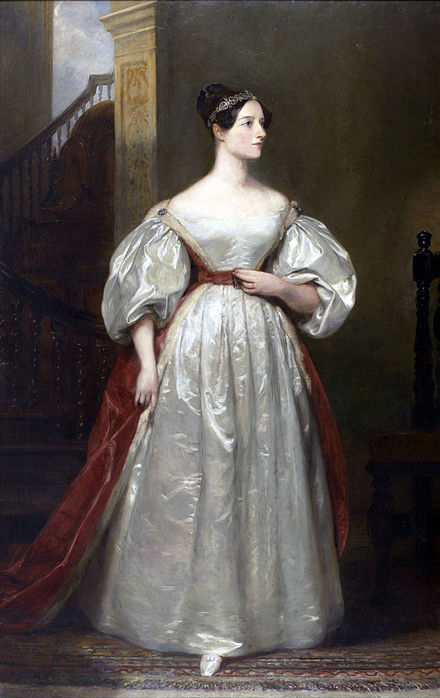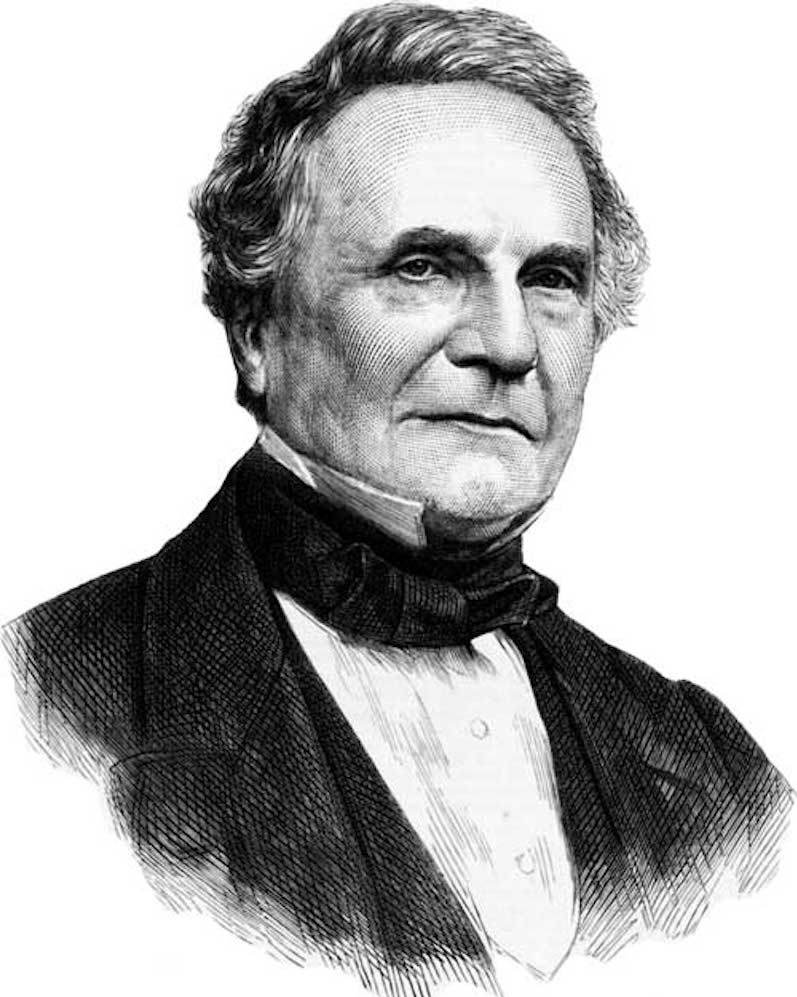Life
Augusta Ada King, Countess of Lovelace (née Byron; 10 December 1815-27 November 1852) was an English mathematician and writer,
chiefly known for her work on Charles Babbage's proposed mechanical general-purpose computer, the Analytical Engine.
She was the first to recognise that the machine had applications beyond pure calculation.
Her educational and social exploits brought her into contact with scientists such as Andrew Crosse,
Charles Babbage, Sir David Brewster, Charles Wheatstone, Michael Faraday, and the author Charles Dickens,
contacts which she used to further her education.
Ada described her approach as "poetical science" and herself as an "Analyst (& Metaphysician)".
When she was eighteen, her mathematical talents led her to a long working relationship and friendship with fellow British
mathematician Charles Babbage, who is known as "the father of computers". She was in particular interested in
Babbage's work on the Analytical Engine. Lovelace first met him in June 1833, through their mutual friend,
and her private tutor, Mary Somerville.
Between 1842 and 1843, Ada translated an article by the military engineer Luigi Menabrea
(later Prime Minister of Italy) about the Analytical Engine, supplementing it with an elaborate set of seven notes,
simply called "Notes".
Lovelace's notes are important in the early history of computers, especially since the seventh one contained what many
consider to be the first computer program—that is, an algorithm designed to be carried out by a machine.
Other historians reject this perspective and point out that Babbage's personal notes from the years 1836/1837 contain the
first programs for the engine.
She also developed a vision of the capability of computers to go beyond mere calculating or number-crunching,
while many others, including Babbage himself, focused only on those capabilities.
Her mindset of "poetical science" led her to ask questions about the Analytical Engine (as shown in her notes)
examining how individuals and society relate to technology as a collaborative tool.

Portrait of Ada by British painter Margaret Sarah Carpenter (1836)


